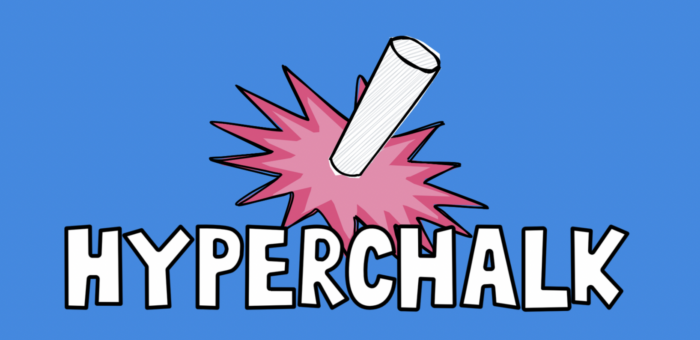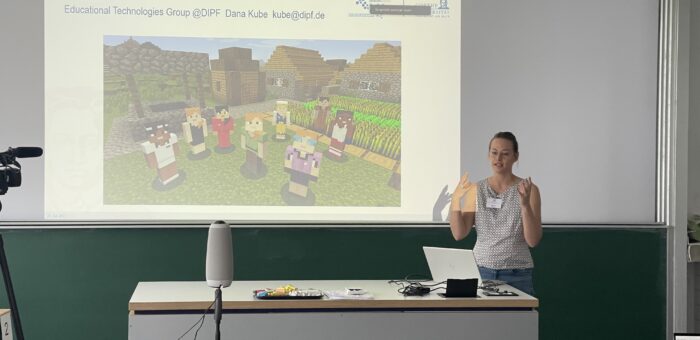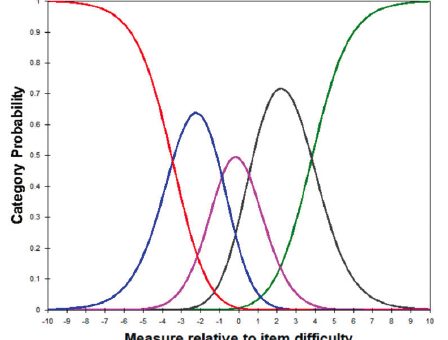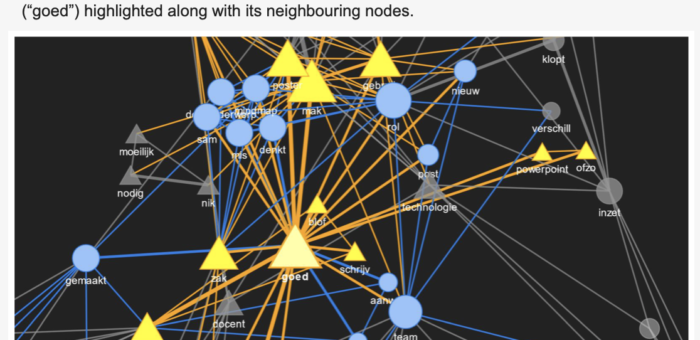
New Pub: Superpowers in the Classroom: Hyperchalk is an Online Whiteboard for Learning Analytics Data Collection
Computer-supported collaborative learning, Conference, Conference, Event, Further Education, General education, Higher Education, Learning Analytics, Lifelong Learning, Publication, School, Technical paper
A new system demonstration paper authored by Lukas Menzel, Sebastian Gombert, Daniele Di Mitri and Henrik Drachsler has been released as part of the ECTEL 2022 proceedings. In this paper, we present Hyperchalk, a self-hosted collaborative online whiteboard software. Similar to commercial solutions like Miro or Flinga, this software provides users with collaborative boards which they can use to draw, write or sketch together. However, unlike commercial solutions, Hyperchalk allows for collecting rich log data, which can be used to study the behaviour of its users and to allow Learning Analytics and studies on computer-supported collaborative learning. Moreover, Hyperchalk comes with a built-in replay mode which allows watching how users behave in its spaces. It supports the LTI1.3 standard, which enables seamless integration with learning management systems such as Moodle,…



